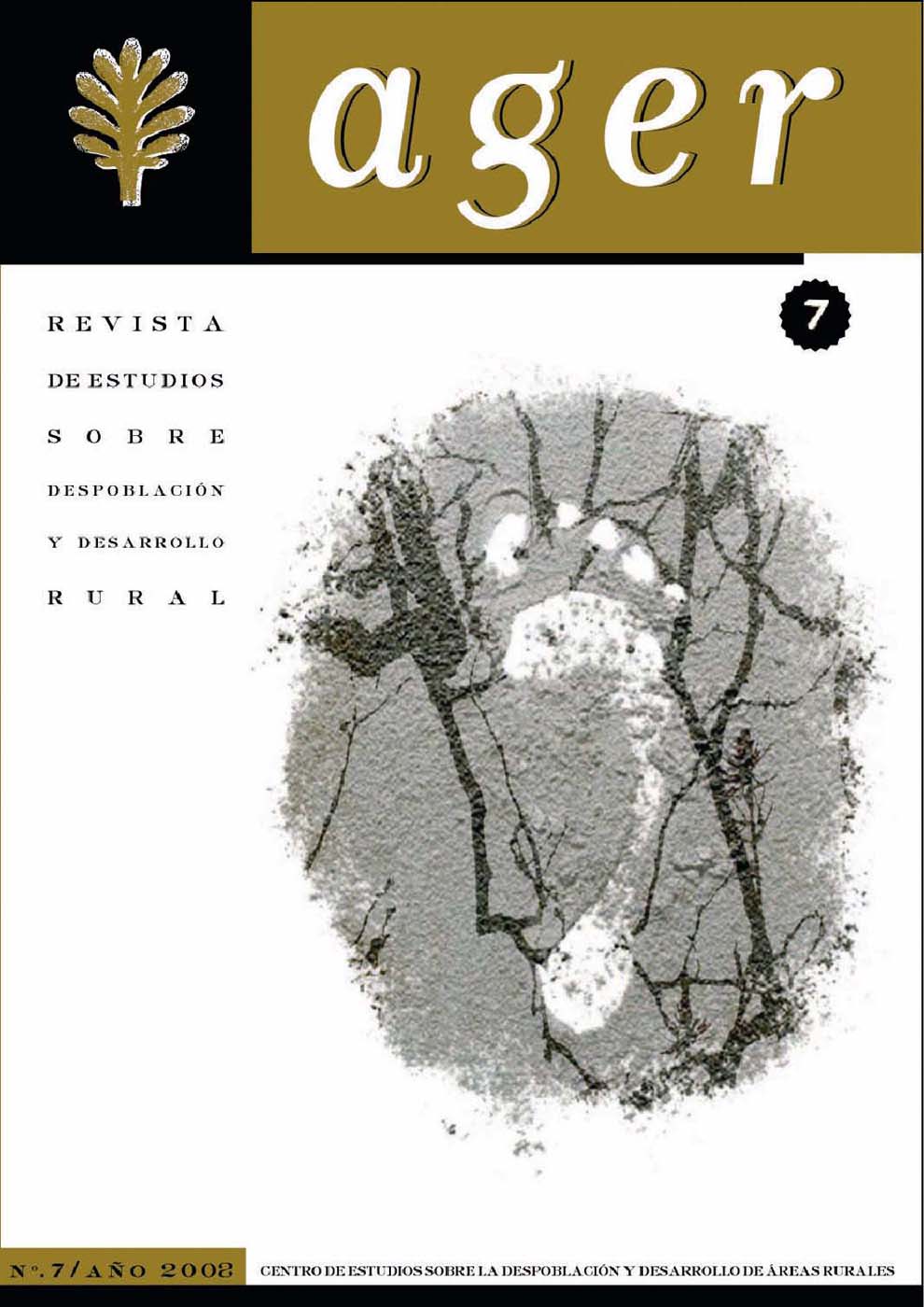Repoblación forestal y sustitución de especies en montes de utilidad pública de la provincia de Soria (1940-1975)
Resumen
A mediados del siglo XX, en el centro de la provincia de Soria existía una masa forestal constituida por varios montes casi totalmente cubiertos por vigorosas matas de Quercus pyrenaica y aprovechados en forma de monte bajo. Dadas sus buenas condiciones, algunos de estos montes fueron sometidos a proyectos de ordenación que tenían como objetivo, además de garantizar la persistencia del arbolado, incrementar la producción y la rentabilidad. Sin embargo, desde comienzos de la década de los años 60, estos predios se vieron sometidos a una profunda transformación de su cubierta forestal a partir de los trabajos desarrollados por el Patrimonio Forestal del Estado. El persistente descenso del precio de las leñas y la consiguiente disminución de los ingresos por dicho concepto, junto con el incremento de la demanda de maderas blandas, fueron los principales argumentos esgrimidos por el Patrimonio para defender un proyecto que preveía la conversión de esos montes bajos de frondosas en montes altos de coníferas. Por otro lado, este estudio pretende demostrar que las repoblaciones con coníferas en el interior peninsular también podían obedecer a un criterio estrictamente productivo, en contra de lo que se afirma en ocasiones, dada la lentitud de su crecimiento.Descargas
Publicado
2011-06-27
Número
Sección
Artículos
Licencia
Aquellos autores/as que tengan publicaciones con esta revista, aceptan los términos siguientes:
- Los autores/as conservarán sus derechos de autor y garantizarán a la revista el derecho de primera publicación de su obra, el cuál estará simultáneamente sujeto a la Licencia de reconocimiento de Creative Commons que permite a terceros compartir la obra siempre que se indique su autor y su primera publicación esta revista.
- Los autores/as podrán adoptar otros acuerdos de licencia no exclusiva de distribución de la versión de la obra publicada (p. ej.: depositarla en un archivo telemático institucional o publicarla en un volumen monográfico) siempre que se indique la publicación inicial en esta revista.
- Se permite y recomienda a los autores/as difundir su obra a través de Internet (p. ej.: en archivos telemáticos institucionales o en su página web), lo cual puede producir intercambios interesantes y aumentar las citas de la obra publicada. (Véase El efecto del acceso abierto).

